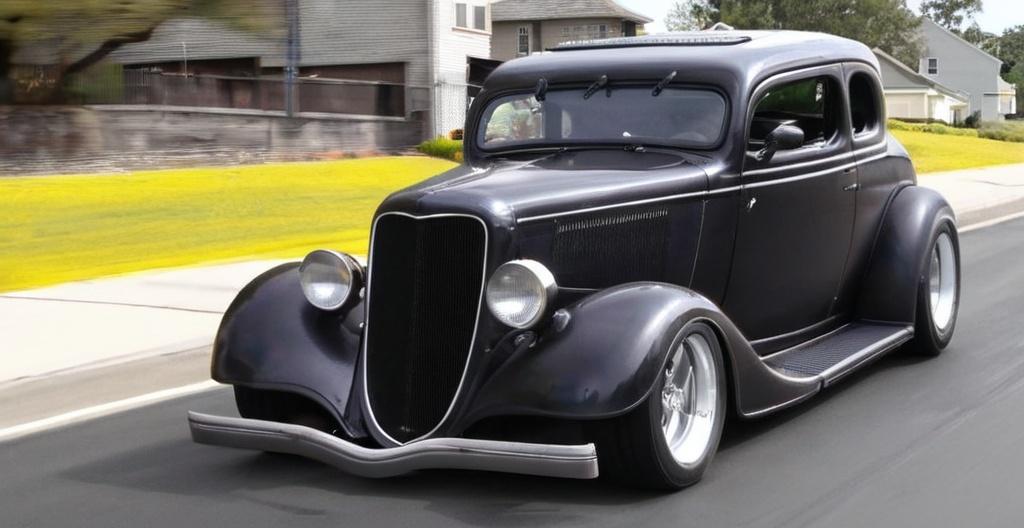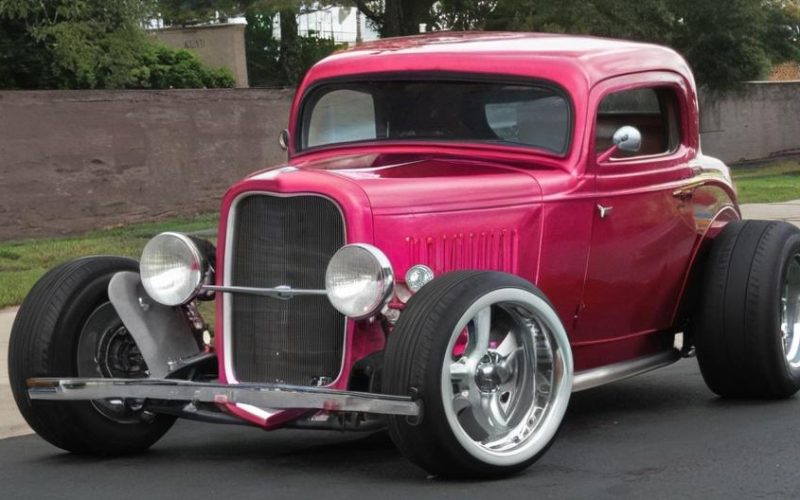Key Take Aways About How to Value a Street Rod
- Street rods are modified classic vehicles from the 1940s-1970s, merging nostalgia and modernity.
- Their value is impacted by condition, quality of modifications, originality vs. customization, and make/model.
- Market trends play a crucial role; demand can sharply influence prices.
- Professional appraisals are essential for accurate valuation and insurance purposes.
- Real-world examples show how customization or originality can greatly affect pricing.
- Valuing street rods involves a blend of art, science, and market instinct.

Understanding Street Rods
Street rods are not just cars; they’re the culmination of passion, skill, and a splash of nostalgia. These modified classic vehicles, typically from the 1940s through the 1970s, are in a league of their own. They blend old-school cool with modern functionality, often boasting powerful engines and customized interiors. But how do you pin down the dollar worth of something so unique? Let’s break it down.
Factors Influencing the Value
Valuing a street rod isn’t like picking out a loaf of bread. It takes a bit more finesse. Below, we explore what makes these machines tick in the financial sense.
Condition and Modifications
Condition speaks volumes. A street rod in mint condition can fetch a pretty penny. Are the modifications seamless, or do they look like your Uncle Bob got a bit too handy with the duct tape? High-quality mods can significantly boost value, but poorly executed ones can do the opposite.
Originality vs. Customization
Some folks love the originality, keeping as close to the original build as possible. Others fancy customization, turning the vehicle into a one-of-a-kind masterpiece. Originality can appeal to purists, making the car a collector’s dream. Customized rides, on the other hand, attract those who like their cars with a bit more ‘wow.’
Make and Model
Not all street rods are created equal. A ’32 Ford might turn more heads—and wallets—compared to a less iconic model. It’s kind of like comparing a Beatles record to a local garage band’s demo tape. The make and model can drastically influence the appeal and thus the asking price.
Market Trends
The value of a street rod is also tied to market demand. It’s the classic supply and demand story – when everyone’s clamoring for a ride from the ’50s, prices can shoot up faster than you can say “cruise.” Conversely, when the buzz dies down, so can the value.
Getting a Professional Appraisal
Seek out a professional. Though it might feel like mentioning the obvious, a seasoned appraiser has the expertise to evaluate your pride and joy. They’ll consider all the factors we’ve discussed, and maybe some you haven’t thought of. Plus, having a professional appraisal can be essential if you’re looking to insure your street rod for its full value.
Real-World Examples
Consider a scenario: A 1967 Chevy Camaro, customized with a modern LS engine, custom leather interior, and high-end sound system, recently sold for $75,000 at auction. In contrast, an all-original 1955 Ford Thunderbird fetched $95,000. Each one stands as a testament to how different factors—whether originality or customization—can attract different buyers and affect the price.
Final Thoughts
There’s no one-size-fits-all answer when it comes to valuing a street rod. It’s a mix of art and science, with a sprinkle of gut instinct. Remember, the car’s worth what someone else is willing to pay for it. Whether you’re in the business of buying, selling, or just admiring these beauties, understanding the elements that affect their value is essential. So, get out there, mingle at car shows, chat up fellow enthusiasts, and maybe even take a street rod for a spin. Your wallet, and your heart, might just thank you.
